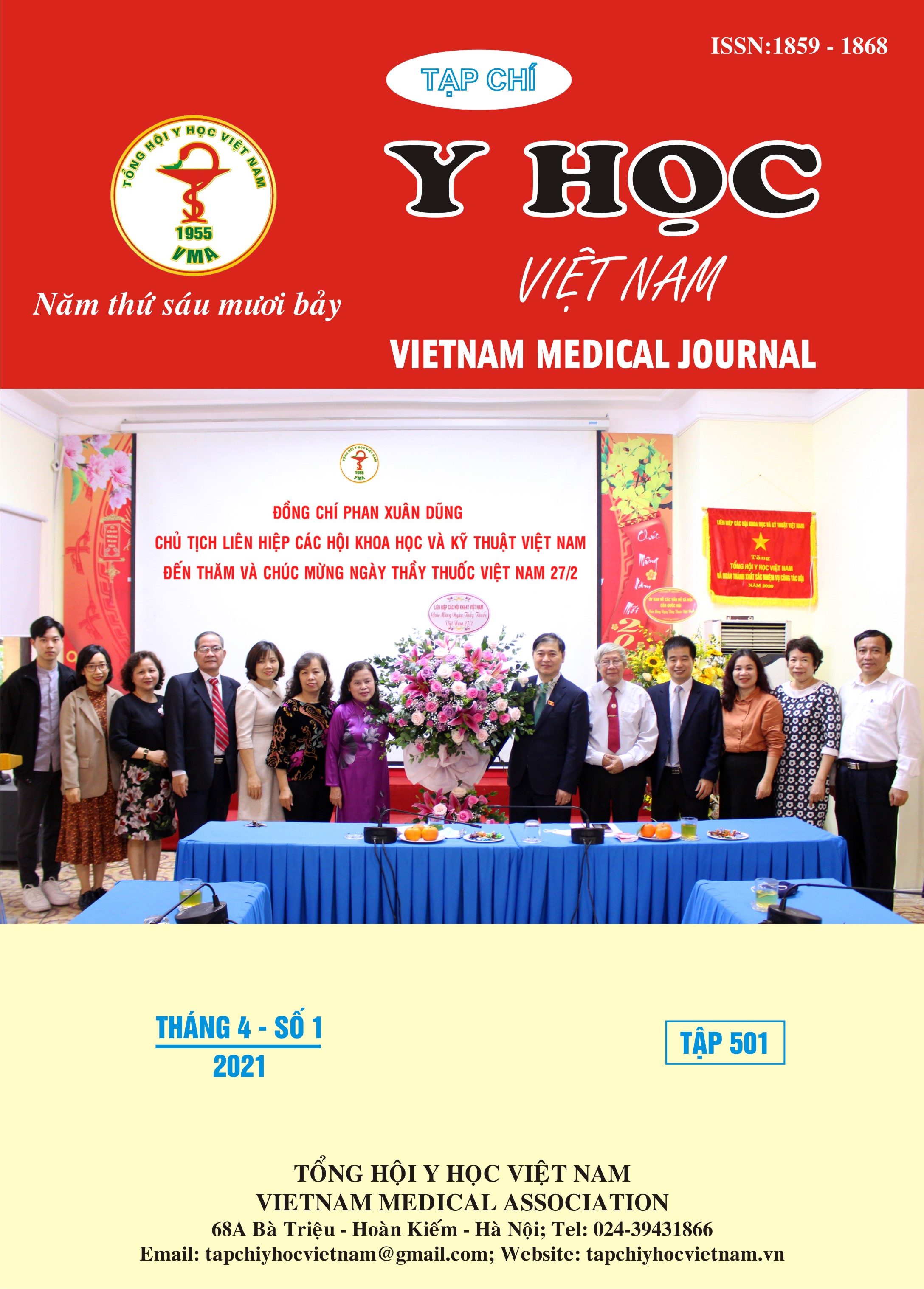EVALUATION OF VANCOMYCIN USE AT DONG NAI GENERAL HOSPITAL
Main Article Content
Abstract
Objectives: Vancomycin resistance has raised concerns about outcome prospects in the treatment of Gram-positive infections. The study was conducted at Dong Nai General Hospital from March 2019 to June 2019. Methods: retrospective study to evaluate the prescription and use of vancomycin in hospital. Results were determined and documented in 98 hospitalized patients. Information on patients was collected including: demographic, etiology and location of infection, microbiological data, dosage regimen, administration and renal toxicity of vancomycin. Results: The mean age of the patient and vancomycin treatment duration were 56 years and 9 days, respectively. Soft tissue and skin infections (44%) is main cause when using vancomycin. The main medical intervention is ventilator (28.6%). The number of patients with cured, better and reduced symtom is high (66.3%). The loading dose was applied in 13.3% of patients with a dose of 25.6 mg/kg. The majority of patient in the research used the initial dose of 1g/12-hour (78.6%) with normal renal fuction. 100% patient using intermittent IV infusion, 100% suitable for administration time and 63.2% suitable for infusion concentration. There were 7 patients with changes in serum creatinine (increase> 50% compared with baseline value), occurring at least after 7 -14 days of using vancomycin. Conclude: An entire program is needed to improve vancomycin use in hospitals. Vancomycin use should be monitored to optimize its use.
Article Details
Keywords
vancomycin, drug use, drug utilization
References
2. Đặng Nguyễn Đoan Trang (2019), “Khảo sát và đánh giá hiệu quả theo dõi nồng độ vancomycin trong trị liệu tại Bệnh viện Đại học Y Dược thành phố hồ chí minh”, Nghiên cứu dược và thông tin thuốc 2019, tập 10, số 3, trang 30-37
3. Nguyễn Thị Mai Anh (2019), “Phân tích thực trạng sử dụng kháng sinh vancomycin tại bệnh viện Thanh Nhàn”, luận văn Thạc sĩ dược học, trường Đại học Y Hà Nội
4. Hiramatsu K. Vancomycin-resistant Staphylococcus aureus: a new model of antibiotic resistance. Lancet Infect Dis 2001;1(3):147-55.
5. Linden P. K. (2007), "Optimizing therapy for vancomycin-resistant enterococci (VRE)", Semin Respir Crit Care Med. 28 (6), pp. 632-645.
6. Nimish Patel, Manjunath P. Pai, Keith A. Rodvold, Ben Lomaestro, George L. Drusano, Thomas P. Lodise, Vancomycin: We Can't Get There From Here, Clinical Infectious Diseases, Volume 52, Issue 8, 15
7. Richard H Drew, George Sakoulas. Vancomycin: Parenteral dosing, monitoring and adverse effects in adults. Uptodate. Truy cập ngày 31/07/2017.
8. Rybak M, Lomaestro B, Rotschafer JC, et al. Therapeutic monitoring of vancomycin in adult patients: a consensus review of the American Society of Health-System Pharmacists, the Infectious Diseases Society of America, and the Society of Infectious Diseases Pharmacists. Am J Health Syst Pharm 2009; 66(1): 82-98.


